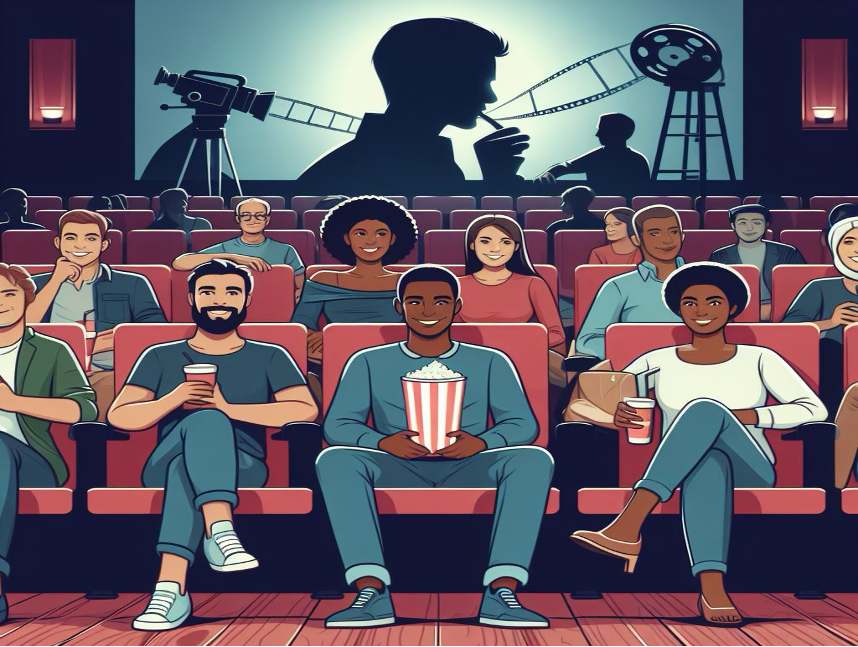In the captivating world of cinema, where stories unfold on the big screen, lies a profound influence on our mental and emotional well-being. This blog delves into the emotional power of films, exploring how this art form can significantly impact the audience’s mental and emotional state. Movies are more than mere visual narratives; they are emotional odysseys that invite audiences to vicariously experience a spectrum of feelings. From the adrenaline rush of action scenes to the tender warmth of a heartfelt moment, films can evoke emotions that resonate deeply within us. Beyond the captivating narratives and stunning visuals, these films possess a profound emotional power that resonates with audiences on a deep, sometimes unsettling, level. In this exploration, we delve into the emotional landscape of dystopian cinema and uncover how these narratives can both challenge and fortify our mental and emotional well-being.

Movies provide a unique form of emotional catharsis. Through laughter, tears, and moments of suspense, audiences release pent-up emotions, experiencing a therapeutic release akin to a cleansing rain. This emotional purging can be particularly impactful for individuals grappling with their mental health challenges.
This blog embarks on a journey to unravel the profound emotional impact of negative films and how they intricately weave into the fabric of our mental and emotional well-being.
The Power of Catharsis: Negative films, laden with tragedy and despair, hold a unique power—the power of catharsis. Just as a storm purifies the air, these narratives can serve as emotional release valves, allowing audiences to confront and process their own fears, grief, and anxieties in a safe space.
Empathy in the Abyss: Exploring the darker side of cinema, we find stories that mirror the complexities of the human experience. Negative films can cultivate empathy by shedding light on the struggles and hardships faced by characters, fostering a deeper understanding of the human condition.
The Art of Reflection: Negativity in films prompts introspection, urging viewers to contemplate their vulnerabilities and resilience. These narratives become mirrors reflecting the intricacies of our emotions, inviting us to explore the depths of our psyche.
Balancing Act: While negative films have the potential to evoke powerful emotions, it’s crucial to strike a balance. Excessive exposure to distressing content can tip the scale, leading to heightened stress and anxiety. Understanding our emotional thresholds is key to finding equilibrium.
Coping Mechanisms Inspired by Cinema: Negative films can inadvertently inspire coping mechanisms. Characters overcoming adversity can serve as beacons of hope, demonstrating the strength of the human spirit and offering viewers a roadmap for resilience.
The Role of Trigger Warnings: In acknowledging the impact of negative content on mental health, we delve into the importance of trigger warnings. These warnings provide audiences with the choice to engage with content consciously, fostering a safer viewing experience.
The allure of negative content in movies lies in its ability to evoke a spectrum of emotions that resonate deeply with the human experience. People are drawn to narratives steeped in adversity, tragedy, and despair because, paradoxically, these stories often mirror the complexities of their own lives. The emotional catharsis derived from witnessing characters grapple with challenges allows viewers to process their own fears and anxieties in a vicarious yet controlled environment. The popularity of such movies can be attributed to a shared human fascination with exploring the shadowy corners of existence, prompting introspection and providing a nuanced understanding of the human condition. As audiences seek authenticity and relatability in storytelling, negative content, when crafted with depth and authenticity, becomes a powerful vehicle for connection, empathy, and a profound exploration of the intricacies woven into the fabric of our collective emotions.



